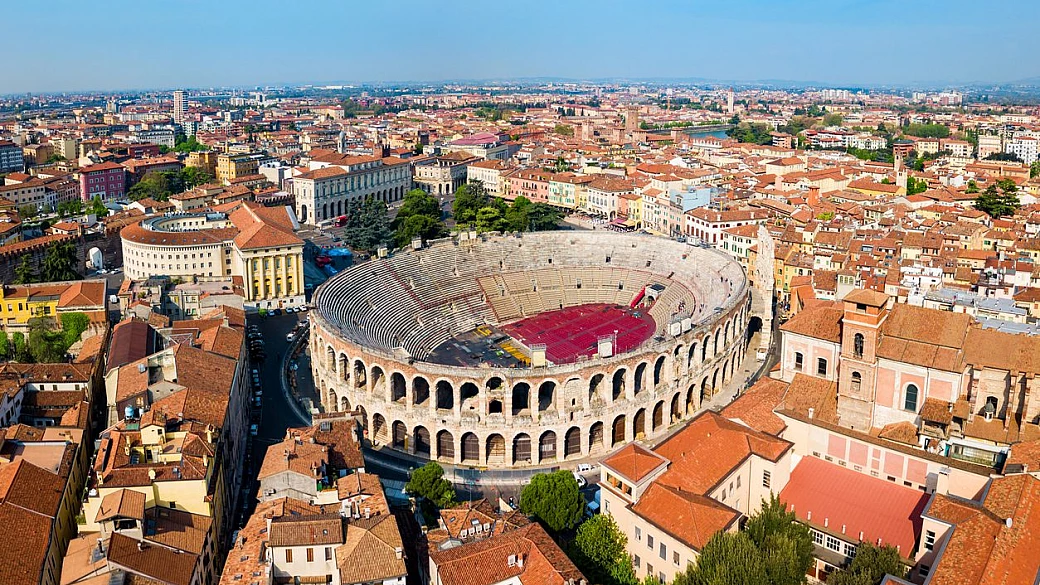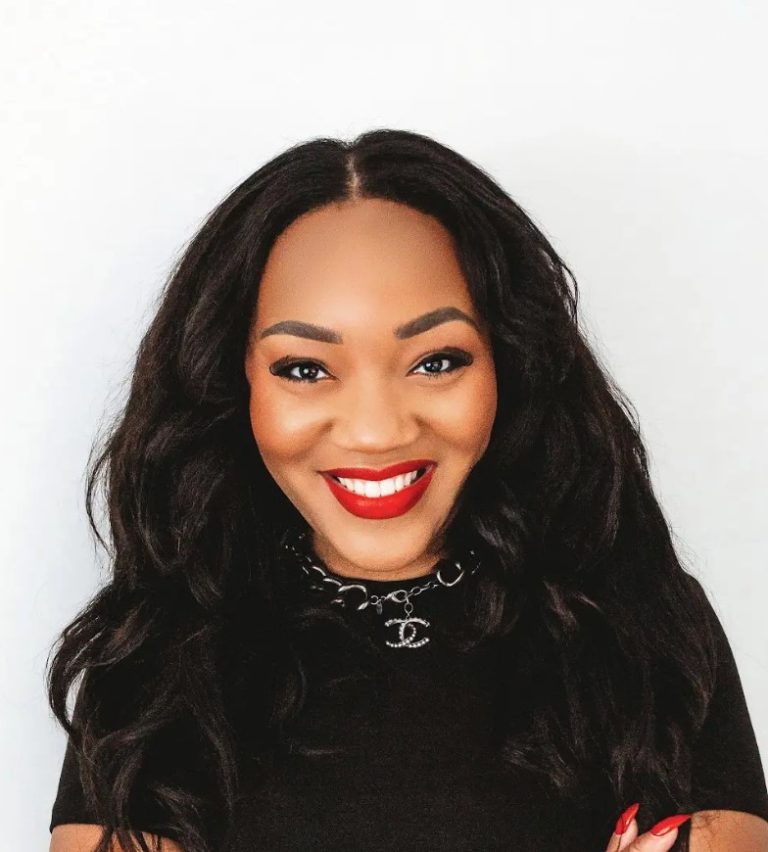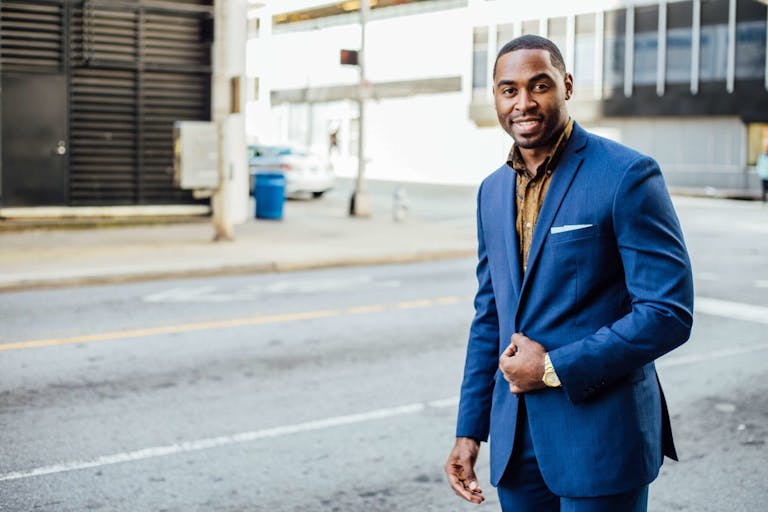You’ll Leave Verona With 100 Contacts. Here’s How to Turn Them Into a 100-Year Legacy.

The last box is sealed. The final handshake is done. The echo of the Fiera di Verona fades as you head to the airport, your carry-on bag is just a little heavier than when you arrived. Tucked in your pocket is the “treasure” from your trip: a thick, rubber-banded stack of 100 business cards.
Learn How to Leverage Your Story through our Story To Asset Framework.
This stack feels like success. It feels like opportunity. It represents thousands of dollars in investment and countless hours of work. Now, the “what’s next?” part begins.
You’re facing the flight home, knowing that when you land, you have to turn this stack of paper into real business.
What does that look like? For most, it’s a “follow-up” email. “Hi [Name], it was great to meet you at [The Fair]. Let’s keep in touch.”
And with that, 95 of those 100 new contacts will slowly fade away, buried in an inbox, their potential vanishing into a digital graveyard.
“This is the single most common, and most heartbreaking, pattern I see,” says Obehi Ewanfoh, a legacy consultant and cultural historian who has called Verona home for over 20 years.
As the founder of AClasses Media, Obehi has had a unique, two-decade ringside seat to this ritual. He’s watched thousands of ambitious founders come to his city, “win” the networking game, and ultimately lose the long-term opportunity.
“They have collected contacts, but they haven’t made a connection,” Obehi explains. “The problem is, they don’t have a plan for what comes next. And in a city like Verona, which is built on 500-year-old relationships, a ‘follow-up’ email just isn’t enough.”
See also The Legacy of NC Mutual: Why Your Story is an Asset That Can’t Be Liquidated
According to Obehi, the stack of 100 cards isn’t a list of clients. It’s a list of seeds. And right now, you have no soil to plant them in. Here’s how to build that soil.
Step 1: Realize They Met Your Product, Not Your Purpose
Let’s be honest about that 10-minute chat you had at the booth. They didn’t meet you.
They met “Sales Rep You.” They met “Founder-in-a-Hurry You.” They learned what you sell, where you’re from, and what your price is. You were one of 50 such conversations they had that day.
They have no human, emotional reason to remember you. They don’t know your “why.” They don’t know the story of the struggle that led you to create your company. They don’t know your mission.
“The local Italian legacy brands here in Verona, the artisans, the winemakers, they never lead with the product,” Obehi notes. “They lead with their grandfather’s story. They tell you why their family has dedicated 100 years to this one craft. You are connected to their purpose before you ever see a price tag.”
The Legacy-Builder’s Action: Before you can build a relationship, you must have a clear, powerful, and authentic story to share. This is the “Clarification” step in Obehi’s Story to Asset Framework™. It’s about digging deep to find that “golden thread”—the one true story that makes you unforgettable.
Step 2: Stop Sending a Reminder, Start Giving a Gift
Your “great to meet you” email is a digital clutter. It’s a reminder of a brief conversation, and it asks for more of their time. It’s forgettable.
Now, imagine a different follow-up.
A week after the fair, your new contact receives an email. It’s not asking for anything. It’s giving them something.
It’s a link to your Legacy Film, a beautifully short documentary that tells your “why,” showing the passion, the people, and the mission behind your brand.
Or maybe it’s a digital copy of your Legacy Book, a handsomely designed book that shares your industry philosophy, your journey, and your unique framework for solving their biggest problem.
“This,” Obehi says, “is the asset that does the work for you. It’s a ‘Trojan Horse’ for your legacy. It’s a high-value gift that builds instant authority and creates a real, emotional connection. No one ignores it. No one forgets it.”
The Legacy-Builder’s Action:
You must “Craft” your story into a tangible, high-value asset. A book or a film isn’t just “content.” It’s the ultimate proof of your authority. It’s the tool that turns a cold contact into a warm, qualified lead because they finally understand who you are.
Step 3: Don’t Hope for a Relationship, Build a System
So, you have 100 cards. You send 100 emails. Then you wait. You hope for a reply. This is not a strategy. It’s gambling.
“A legacy-builder doesn’t hope. They build,” Obehi insists. “The local Verona family businesses aren’t successful by ‘hoping’ for 100 years. They have a protocol. They have a system.”
That one Legacy Book or Legacy Film you create isn’t just for one email. It becomes the engine for your entire marketing system. It’s “Activated.”
- That Film is broken into 20 powerful clips for social media.
- That Book is broken into 10 strategic articles for your blog.
- It becomes the centerpiece of your follow-up sequence, nurturing those 100 contacts for the next 12 months, building trust, and proving your value, all on autopilot.
This is the system that turns out “what’s next?” into a “what’s forever.” It’s how you build a 100-year legacy, not a 100-day sales cycle.
The Legacy-Builder’s Action:
You need a system to “Activate” your story. This is what transforms your one-time effort at the fiera into a permanent, client-attracting engine.
Your 100 Cards Can Be a Legacy—If You Have a Plan
That stack of business cards in your bag is just a pile of potential. Without a plan, it will rot. The trade fair was your entry point. But Verona is your classroom.
“My work at AClasses Media is built for this exact moment,” Obehi says. “I am not just a consultant. I am a 20-year cultural historian who has seen what lasts in this city. I bridge the gap between the ambition of new-world founders and the wisdom of old-world legacy.”
Your trip to Verona is over, but the real work is about to begin.
“While that stack of cards is still fresh,” Obehi offers, “let’s have a 30-minute Legacy Strategy Call. We can do it virtually. You bring your 100 contacts, and I’ll bring the 20 years of strategy.
“Let’s build something that truly lasts.”






